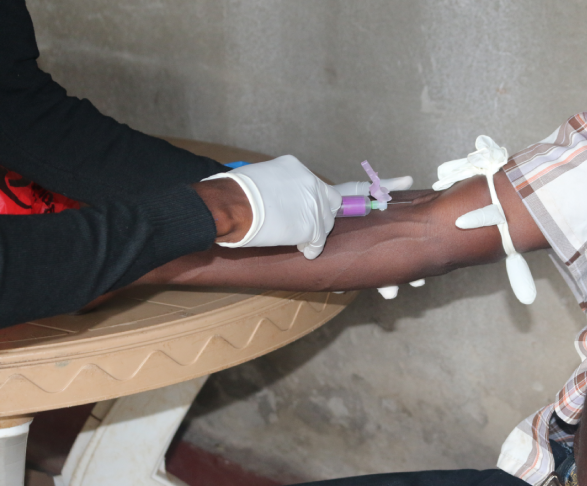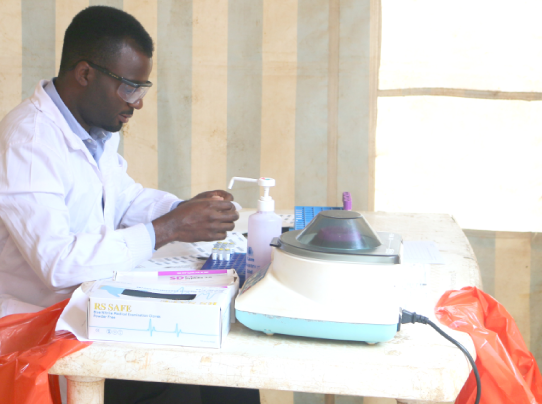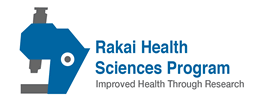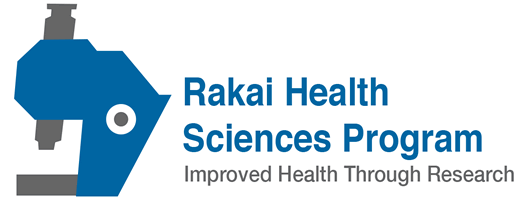
RCCS Background
Initiation
Initiated in 1994, the Rakai Community Cohort Study (RCCS) is an open population-based cohort which enrolls all consenting adult residents aged 15-49 in ~50 communities distributed throughout the district.
What Data is Collected
Participants respond to a detailed socio-demographic, behavioral, sexual network, mobility, health and service utilization interview, and provide a blood sample for HIV testing.
Conducting Census
Prior to each survey visit, a household census is performed in the study communities, it describes household membership, births, death since the last visit, duration of stay per member, household possession, dwelling characteristics and mobility data is captured first at this level.
Features of the RCCS
- Household Mapping
- Over 40 nested Studies
- Service Evaluation
- Clinical Trials
- Trial participants


RCCS Statistics
Response Rates
Approximately 18,000 individuals participate in the RCCS; the response rate among age eligible persons is about 78% and compliance to provision of specimen for tests is over 90%, the follow up is approximately 75%, with losses due primarily to out-migration, absentia due to work or school and aging beyond 49. (The latter is balanced by annual in-migration and aging into the cohort.)
HIV prevalence
HIV prevalence ranges from ~14% in smaller rural trading villages, to ~17% in larger trading centers with serve as local and regional transport hubs, and to ~42% in high risk fishing communities on Lake Victoria.
HIV Incidence
The HIV incidence ranges from ~0.9/100 person years in the more rural communities to ~3.5-4/100 PY in the fishing villages.



